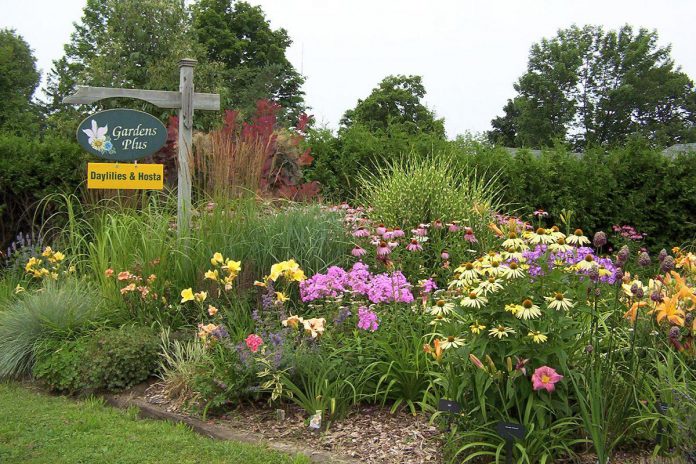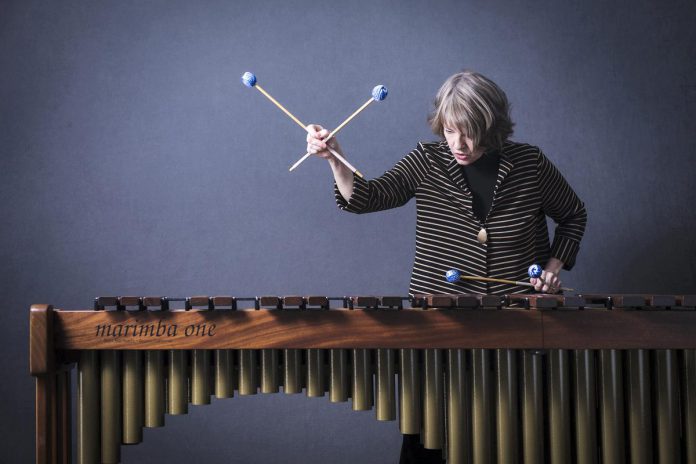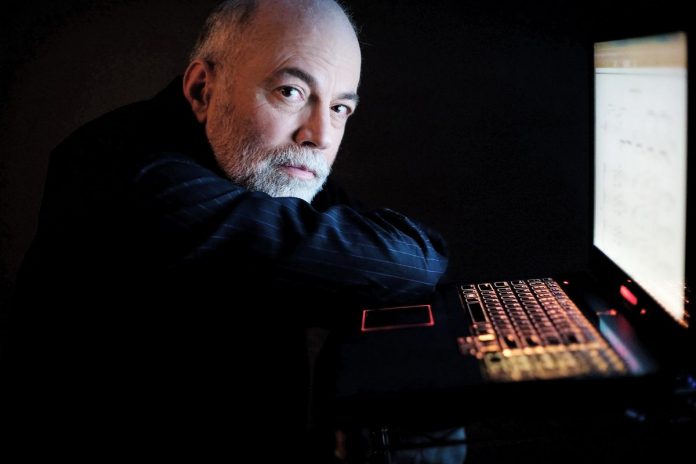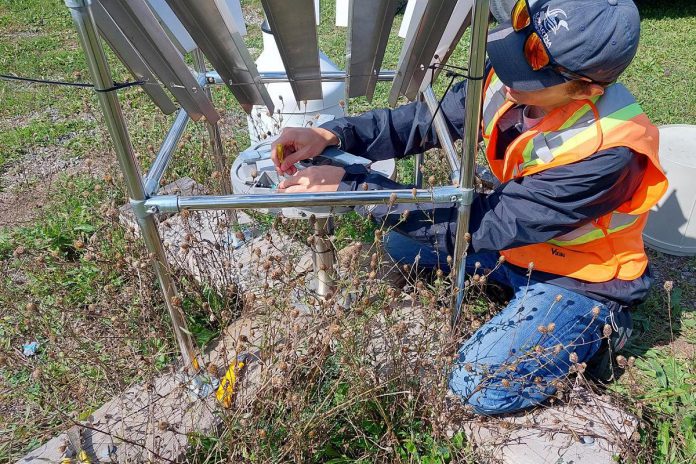A Peterborough native will be at the controls of the very first commercial jet that will chase the moon’s 115-mile wide shadow across North America during the total solar eclipse on Monday, April 8th — complete with a bubble canopy on top of the plane to allow 360 degree views of the once-in-a-lifetime celestial event.
A graduate of Adam Scott in Peterborough who now lives in California, 45-year-old Captain William Streich will pilot the maiden flight of “Shadowchaser,” a state-of-the-art Airbus jet modified with a bubble canopy designed to provide passengers with an unobstructed view of totality for the longest stretch of time possible: 23 minutes and 51 seconds.
Developed by U.S. aerospace engineering company Windspeed Technologies, the bubble canopy is made of advanced transparent materials — the same used in supersonic fighter jets — which are strong enough to withstand birdstrikes and other stress factors. Offering rotating seats with 360-degree views, it has an aerodynamic teardrop shape to help reduce drag.
“This is the first time this patented technology has been installed in a jet aircraft,” Streich told kawarthaNOW in a telephone interview from his home in Los Angeles. “I’m super thrilled to take Shadowchaser up for the first time with paying passengers.”
If you’re hoping to book a seat on the flight, you’re out of luck — Shadowchaser was fully booked six months ago. But it’s unlikely you would have been able to afford it anyway, according to Streich.
“I’m not a liberty to tell you exactly what passengers paid, other than to say it’s in six figures,” he said.

Although Streich also wouldn’t say who or how many passengers are on the flight, he noted that several passengers are “well-known celebrities, including actors and athletes” as well as “one guy who runs several successful tech companies that you will be very familiar with.”
Streich said the Airbus A380 jet — which normally seats 525 passengers — has been modified to remove almost all of the seats to reduce the plane’s weight and to allow the installation of the bubble canopy, which can only seat two passengers at a time.
Each set of two passengers will be allotted limited time inside the bubble canopy, although there are also other seats on Shadowchaser that will offer a view of the eclipse through the regular windows at times during the flight.
Although it will take one hour and 40 minutes for the moon’s shadow to travel from the west coast of Mexico to the east coast of Newfoundland, Shadowchaser will only be in the air for less than a third of that time because the moon’s shadow will actually speed up as it moves from west to east.
“The moon’s shadow will travel slowest at the point of greatest eclipse near the town of Nazas, Mexico, where the duration is longest and also where the shadow speed is the lowest,” according to eclipse cartographer Michael Zeiler. “As the shadow progresses across North America, the shadow speed increases because the oblique angle of the shadow on a curved Earth results in a higher ground speed.”
That means that the moon’s shadow will be travelling almost three times as fast by the time it reaches Newfoundland. It would be moving even faster if the Earth weren’t rotating in the same direction.
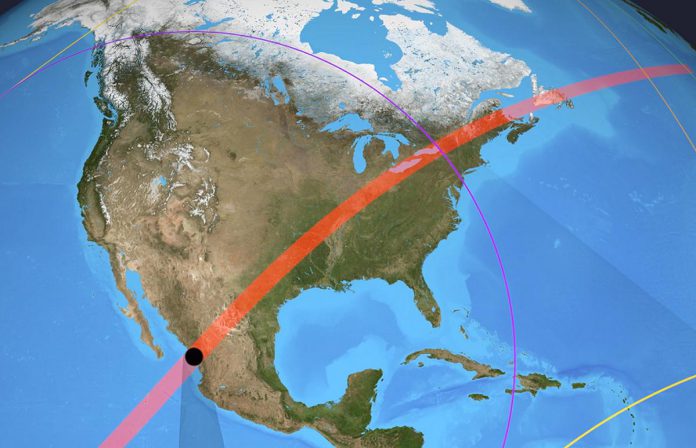
“We’ve got a relatively short window when we can keep up with the moon’s shadow,” Streich said, adding the flight will meet the shadow off the Mexican coast. “Although Shadowchaser is a very powerful aircraft, there’s no way we can keep up with the moon’s shadow after a certain point.”
Along with Shadowchaser, NASA will also be launching high-altitude research aircraft to chase the moon’s shadow and study details of structures in the sun’s middle and lower corona.
“The reason that we’re flying airplanes, besides the fact that it’s really cool, is because getting up high into the atmosphere means you can actually access wavelengths of light you can’t do from the ground,” said Dr. Amir Caspi from the Southwest Research Institute in Texas.
As for Shadowchaser, Streich said the aircraft will be used during future total solar eclipses.
The next three total solar eclipses take place on August 12, 2026 in Greenland, Iceland, and Spain, on August 2, 2027 in northern Africa, and on July 22, 2028 in Australia and New Zealand.
“Unfortunately, I won’t be the pilot for those flights,” Streich admits. “But I’m honoured to be the inaugural pilot and I’m excited that I’ll be able to see the eclipse from the cockpit, at least for part of the flight.”

April Fool’s! While Windspeed Technologies is a real company which has in fact patented a bubble canopy system called SkyDeck, it has never been installed on a commercial aircraft to our knowledge. What’s more, a commercial jet does not have the speed required to keep up with the moon’s shadow during a total solar eclipse. For the April 8th eclipse, the shadow will be travelling at 1,565 mph (2,519 kph) — more than twice the the speed of sound — when it arrives at the Mexican coast and, by the time it reaches Newfoundland, it will be moving at 4,727 mph (7,607 kph), almost five times the speed of sound. Only modern supersonic fighter jets are capable of attaining those speeds.
Here are our April Fool’s stories from the past six years:
- 2023 – Dockside pizza drone delivery service coming to Kawartha Lakes and Peterborough County this summer
- 2022 – Quaker Oats announces ‘The Official Scent of Peterborough’ plug-in air freshener
- 2021 – Residents of the Kawarthas report multiple sightings of a giant beaver
- 2020 – Does Canada really need a ‘Protection Of Our Paper’ (POOP) Act? (remember the toilet paper shortages of the early pandemic?)
- 2019 – CBS reality TV series ‘Survivor’ may be coming to Algonquin Park (our most popular April Fool’s story with almost 20K shares)
- 2018 – Kawartha Kangaroos kept on hopping through the winter (our first April Fool’s story and still our favourite)























